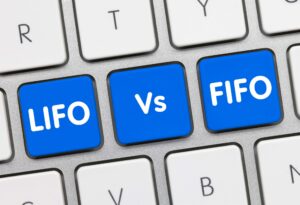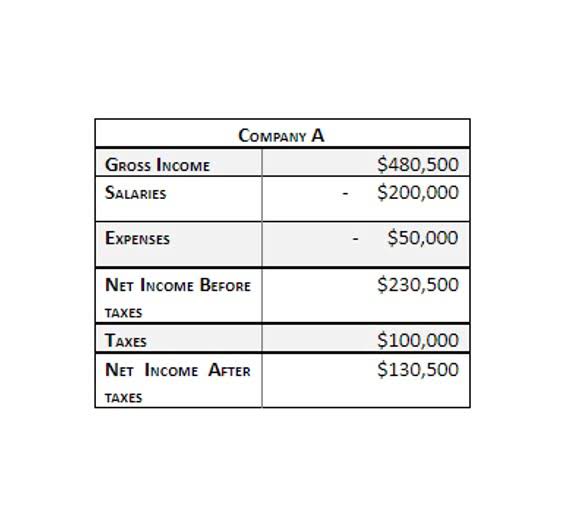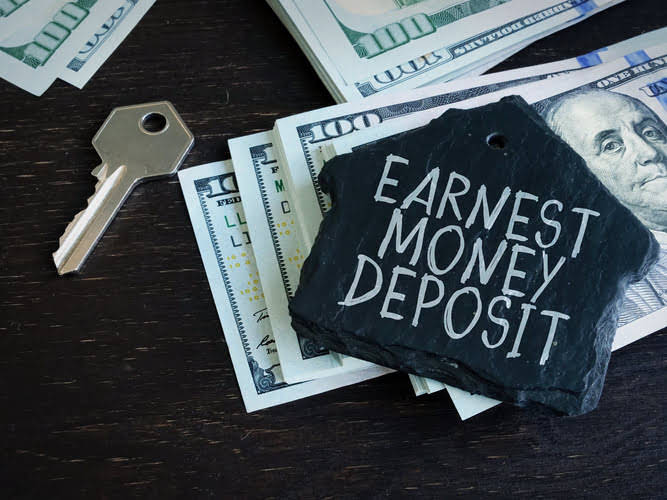Dividends: Definition in Stocks and How Payments Work

Thomas’ experience gives him expertise in a variety of areas including investments, retirement, insurance, and financial planning. The date on which the dividend is actually paid to a stock’s owners of record. At CNBC Select, our mission is to provide our readers with high-quality service journalism and comprehensive consumer advice so they can make informed decisions with their money. Every article is based on rigorous reporting by our team of expert writers and editors with extensive knowledge of financial products.
- The information isn’t hard to find, typically, and some brokerages allow investors to search specifically for dividend-paying stocks, too.
- To record the accounting for declared dividends and retained earnings, the company must debit its retained earnings.
- Finally, dividends are not expenses either, as they are do not represent an outflow of economic benefits during a period and are also not a part of the Statement of Profit or Loss of a company.
- When the small stock dividend is declared, the market price of $5 per share is used to assign the value to the dividend as $250,000 — calculated by multiplying 500,000 x 10% x $5.
Retained Earnings on the Balance Sheet
- Adam Hayes, Ph.D., CFA, is a financial writer with 15+ years Wall Street experience as a derivatives trader.
- Another potential benefit of DRIPs is that some companies offer stockholders the option to purchase additional shares in cash at a discount.
- In other words, retained earnings and cash are reduced by the total value of the dividend.
- ETFs offer a good way to own a diversified portfolio of income-producing equities.
- With some stocks, dividends may account for a substantial percentage or even a majority of total returns over a given time period.
- Intelligent investing can be described as understanding and keeping track of how conditions change over time.
Companies generally pay these in cash directly into the shareholder’s brokerage account. In general, if you own common or preferred stock of a dividend-paying company on its ex-dividend date, you will receive a dividend. REITs serve as a good investment vehicle for income-oriented investors since they must pay out at least 90% of their income as dividends. The ETF, which has a 0.35% expense ratio, offers a 2.5% dividend yield.
How Are Qualified Dividends Taxed?
Combine those dividends with capital appreciation as the companies you own grow in value, and the total returns can rival and even exceed those of the broader market. These companies pay their shareholders regularly, making them good sources of income. The payment date is the date on which the dividend payment is actually disbursed to shareholders. If a shareholder is receiving a dividend by mail, dividend checks are mailed on the payment date. This occurrence is rare in smaller businesses or businesses that are investing in rapid growth, but common in corporations with good cash flow that have reached a titanic size, such as Walmart.
What Kinds of Assets Pay Dividends?
An article by Morgan Housel of the Motley Fool emphasizes the importance of dividends and their substantial influence on total returns. This is why electricity stocks with high payout rates are bid up during economic uncertainty. Splits https://www.bookstime.com/ are usually undertaken when a company’s share price gets too high and becomes unwieldy or unsustainable. One choice is to reinvest profits into the company’s growth by acquiring better equipment, marketing, and research and development.


She has contributed to numerous outlets, including NPR, Marketwatch, U.S. News & World Report and HuffPost. Miranda is completing her MBA and lives in Idaho, where she enjoys spending time with her son playing board games, travel and the outdoors. Since stockholders’ equity is equal to assets minus liabilities, any reduction in stockholders’ equity must be mirrored by a reduction in total assets, and vice versa. Thomas J Catalano is a CFP and Registered Investment Adviser with the state of South Carolina, where he launched his own financial advisory firm in 2018.
When the small stock dividend is declared, the market price of $5 per share is used to assign the value to the dividend as $250,000 — calculated by multiplying 500,000 x 10% x $5. When a stock dividend is issued, the total value of equity remains the same from the investor’s and the dividends account company’s perspectives. Dividends signal that a company has stable cash flow and is generating profits. The dividend discount model or the Gordon growth model can help investors choose individual stocks. These techniques rely on anticipated future dividend streams to value shares.
Dividends are not specifically part of stockholder equity, but the payout of cash dividends reduces the amount of stockholder equity on a company’s balance sheet. This is so because cash dividends are paid out of retained earnings, which directly reduces stockholder equity. For example, say a company has 100,000 shares outstanding and wants to issue a 10% dividend in the form of stock. If each share is currently worth $20 on the market, the total value of the dividend would equal $200,000. The two entries would include a $200,000 debit to retained earnings and a $200,000 credit to the common stock account.

Motley Fool Investing Philosophy
The reason to perform share buybacks as an alternative means of returning capital to shareholders is that it can help boost a company’s EPS. By reducing the number of shares outstanding, the denominator in EPS (net earnings/shares outstanding) is reduced and, thus, EPS increases. Managers of corporations are frequently evaluated on their ability to grow earnings per share, so they may be incentivized to use this strategy. Managers of corporations have several types of distributions they can make to the shareholders. A share buyback is when a company uses cash on the balance sheet to repurchase shares in the open market. Share price declines like this can easily wipe out the money you earned from the dividend—or more.
Dividends are also more common in certain industries, such as utilities and telecommunications. Special dividends might be one-off payouts from a company that doesn’t normally offer dividends, or they could be extra dividends in addition to a company’s regularly scheduled dividends. The retained earnings section of the balance sheet reflects the total amount of profit a company has retained over time. After the business accounts for all its costs and expenses, the amount of revenue that remains at the end of the fiscal year is its net profit.


